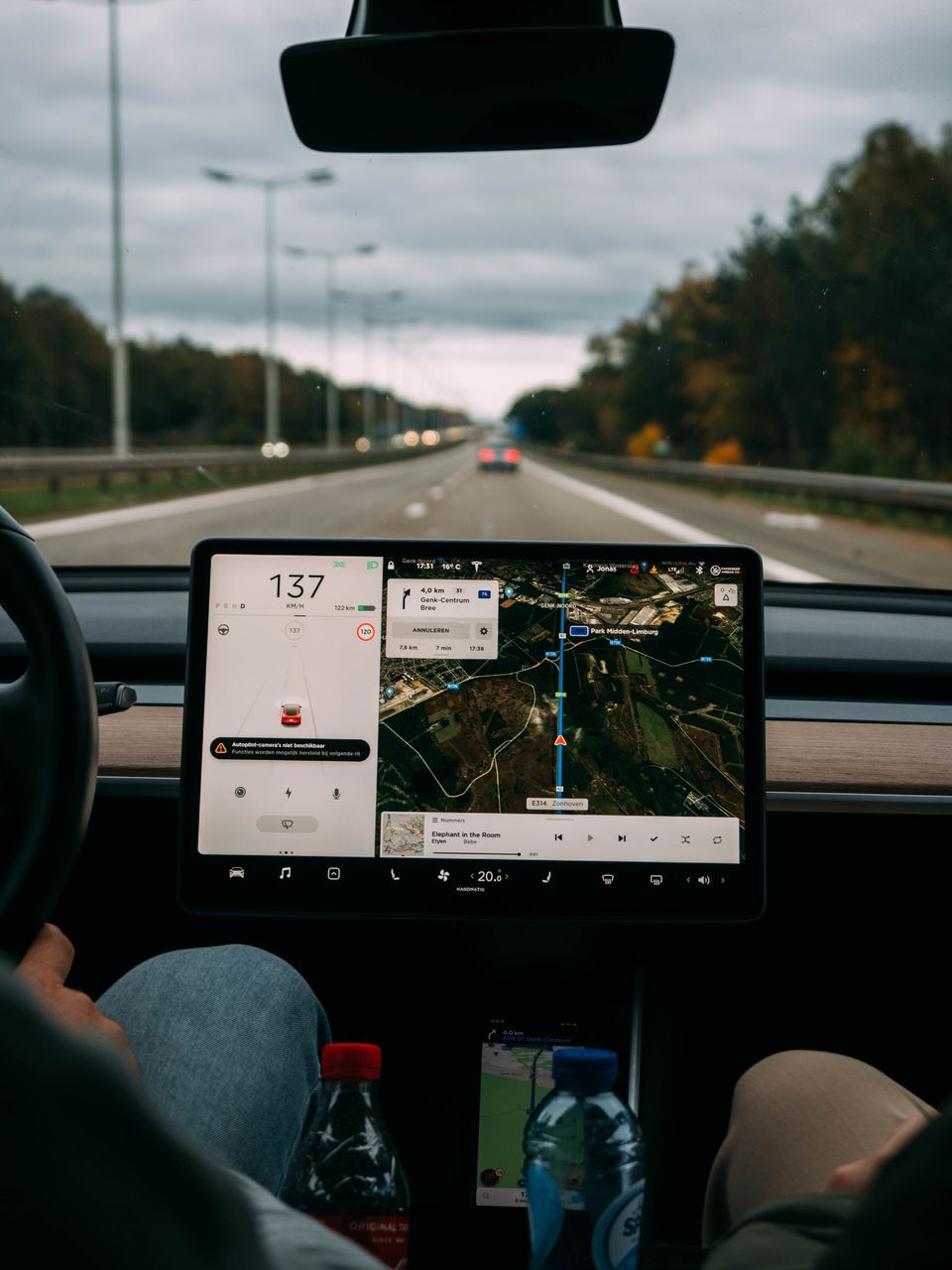Understanding Usage-Based Insurance: How Telematics is Changing the Game

Usage-based insurance is powered by telematics devices, small trackers that monitor users’ driving behavior. While they can lead to lower insurance premiums and safer roads, insurers need to be careful about the accuracy and data privacy risks of telematics.
What is Usage-Based Insurance?
Usage-based insurance, also called telematics insurance, is a type of car insurance that bases the cost of a policy on your driving habits. Drivers that exhibit safe driving behavior score lower premiums, while unsafe drivers may experience higher premiums.
These devices aren’t new. In fact, Progressive Insurance was the first to use usage-based insurance products in the 1990s. Now, nine of the top 10 auto insurers have usage-based insurance options.
How Does Usage-Based Insurance Work?
If you sign up for usage-based insurance, you’ll either receive a telematic device that plugs into your vehicle or be asked to download a telematics app like OnStar. As you drive, the device sends information about your mileage and driving behaviors to your insurer to determine your level of risk as a driver.
The device will track information like speed, how often you brake and accelerate, the time of day you drive, how much you drive, and more. This is because these data points are major factors in your accident risk.
For example, a driver that brakes hard more than eight times in 500 miles is 73% more likely to be involved in an accident. Likewise, both fatal and nonfatal car crashes are most likely to occur between 4 P.M. and 7:59 P.M. during spring and summer months.

How Telematics is Changing Usage-Based Insurance Products
Telematics devices allow insurers to more accurately estimate a driver’s risk, allowing them to give more tailored premiums. In most cases, this will generate savings for the low-risk drivers.
One J.D. Power survey found that the use of telematics devices has resulted in a savings of over $18 billion in insurance premiums for consumers in 2020 alone.
As consumers interact with their telematics device, they’re able to get real data about their driving behaviors. This can be enlightening and informative for drivers, and in some cases, it improves customers’ driving behaviors. This can improve crash risk, which helps keep our roads safer overall.
The Pros and Cons of Telematics in Usage-Based Car Insurance
While telematics insurance programs advertise great savings, it isn’t guaranteed. Plus, there are various accuracy and privacy concerns that come along with it.
Pros
More custom pricing. Traditional car insurance relies on statistical data, which covers all drivers. If you’re generally a safer driver than the average, your premium may be higher than you’d like.
Telematics devices allow insurers to give customers a more accurate premium rate based solely on their driver profile.
Potential savings. Usage-based insurance is known as a budget-friendly option, with consumers saving anywhere from five to 40 percent in comparison to traditional insurance plans.
Leads to safer driving. Telematics devices make drivers more conscious of their habits on the road. Some studies have shown that this increased awareness from UBI programs reduces crash risk by around 50 percent.
Cons
Increased risk of data issues. Telematics devices collect, store, and share tons of data, which raises a concern for how that happens. It’s important for insurers to be transparent about how they obtain, hold, and disperse customer data.
Potential for higher premiums. With traditional car insurance, the consumer receives a quote for a monthly payment, and the payment remains the same throughout the duration of the contract.
With usage-based insurance, premiums can change monthly depending on the driver’s behaviors on the road. So, in cases where a driver exhibits unsafe behavior, they may wind up paying more than they would with a traditional insurance plan.
Unrealistic standards. To benefit from usage-based insurance, you’ll need to exhibit safe driving behaviors. And for the majority of drivers — who admit to exceeding the speed limit by at least 10 miles per hour — some of the criteria for safe driving may be unrealistic.
For example, factors like how often you drive at night may be viewed as risky. This isn’t ideal for people who work night shifts or frequently drive after dark.
Accuracy issues. Like all technology, telematics devices have the potential to generate inaccurate data. However, this could lead to unfair pricing and treatment of customers.
Plus, if you use a telematics app, it might not be able to detect whether you’re a driver or passenger in the car. In cases where it picks up passenger data, you may need to dispute it.
Is Usage Based-Insurance a Good Idea?
Like all insurance options, usage-based insurance has its pros and cons. Even with the addition of your driving data, factors like age, gender, location, and driving record will still be used to calculate your premium.
Usage-based insurance is best for:
- People that don’t drive often
- People that are incredibly confident in how safely they drive
Usage-based insurance might not be best for:
- New drivers that are unsure of their driving habits
- People who drive often
- People who frequently drive at night
How to Find the Best Usage-Based Car Insurance
The best usage-based car insurance is the one that offers you the best price for the coverage you want. To find the option that’s best for you, compare rates with Luna. We’ll use your unique profile to secure the best auto insurance quotes, then help you compare the top three to ensure you find the best option for you.





